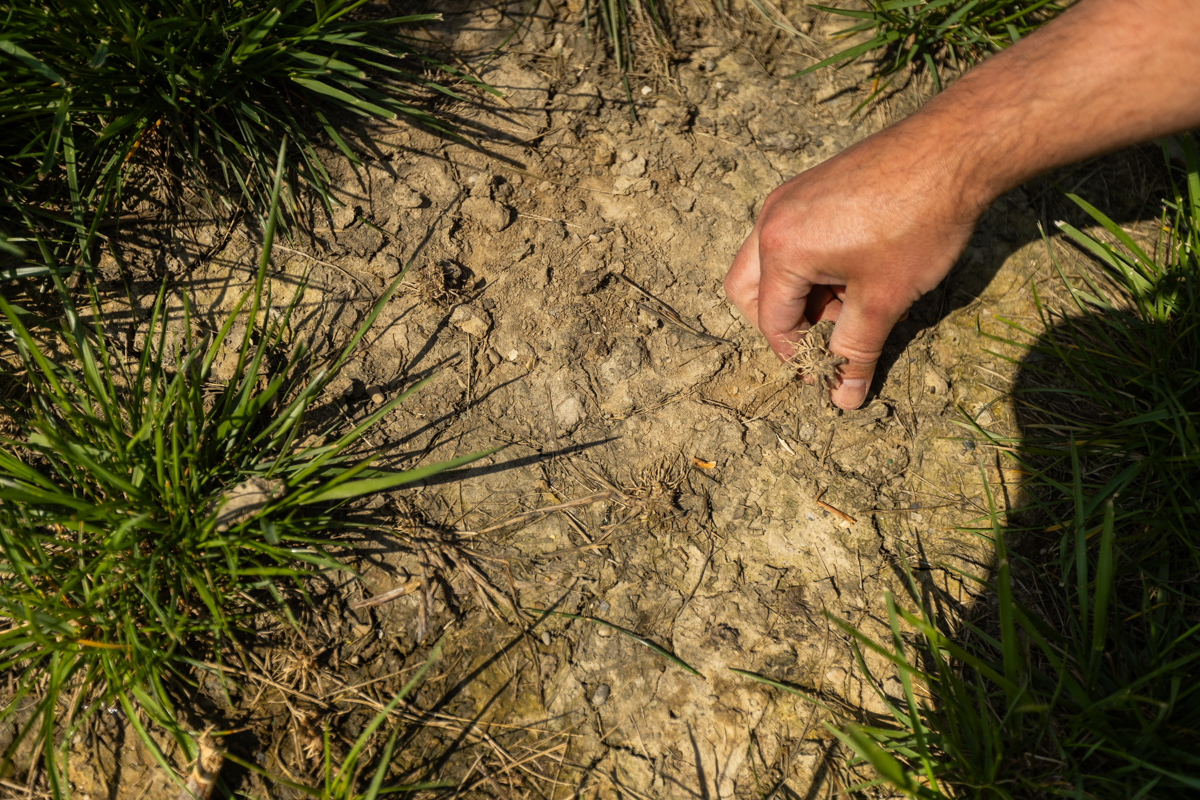

Blog

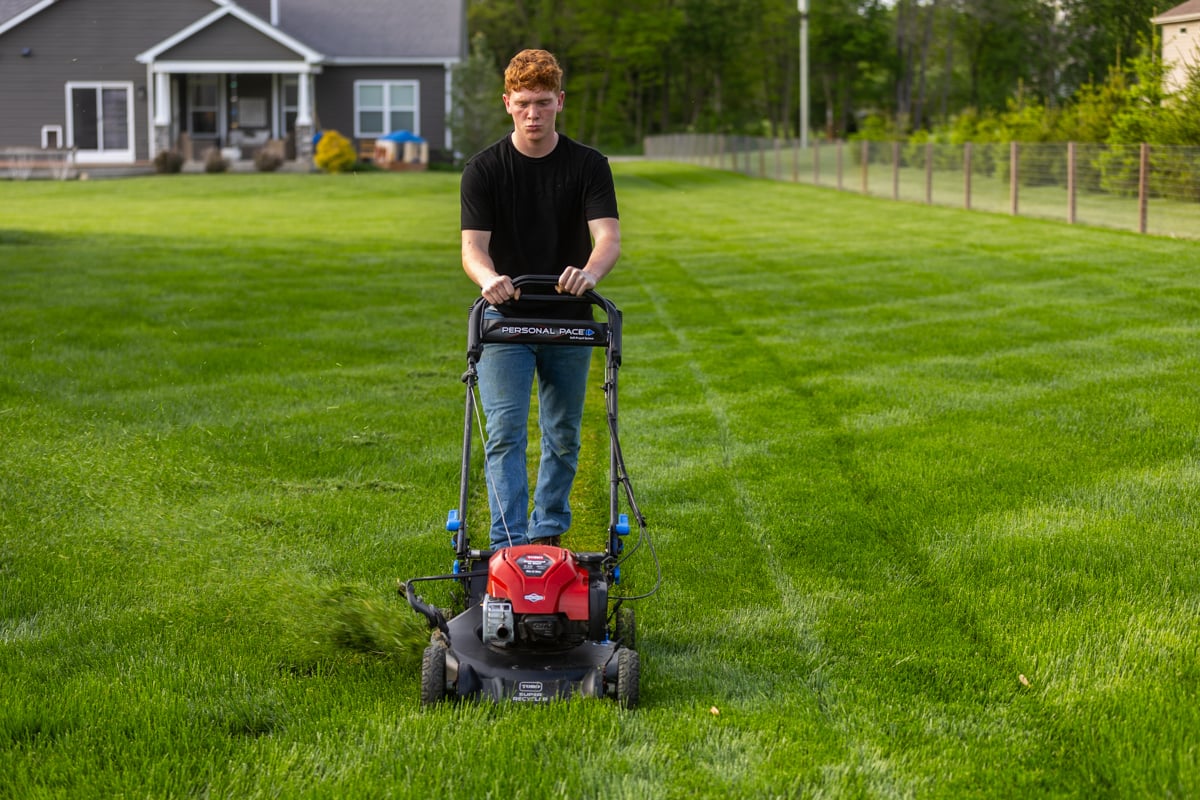
Bagging vs. Mulching Grass Clippings: Which is Better for Your Lawn?

~4 mins
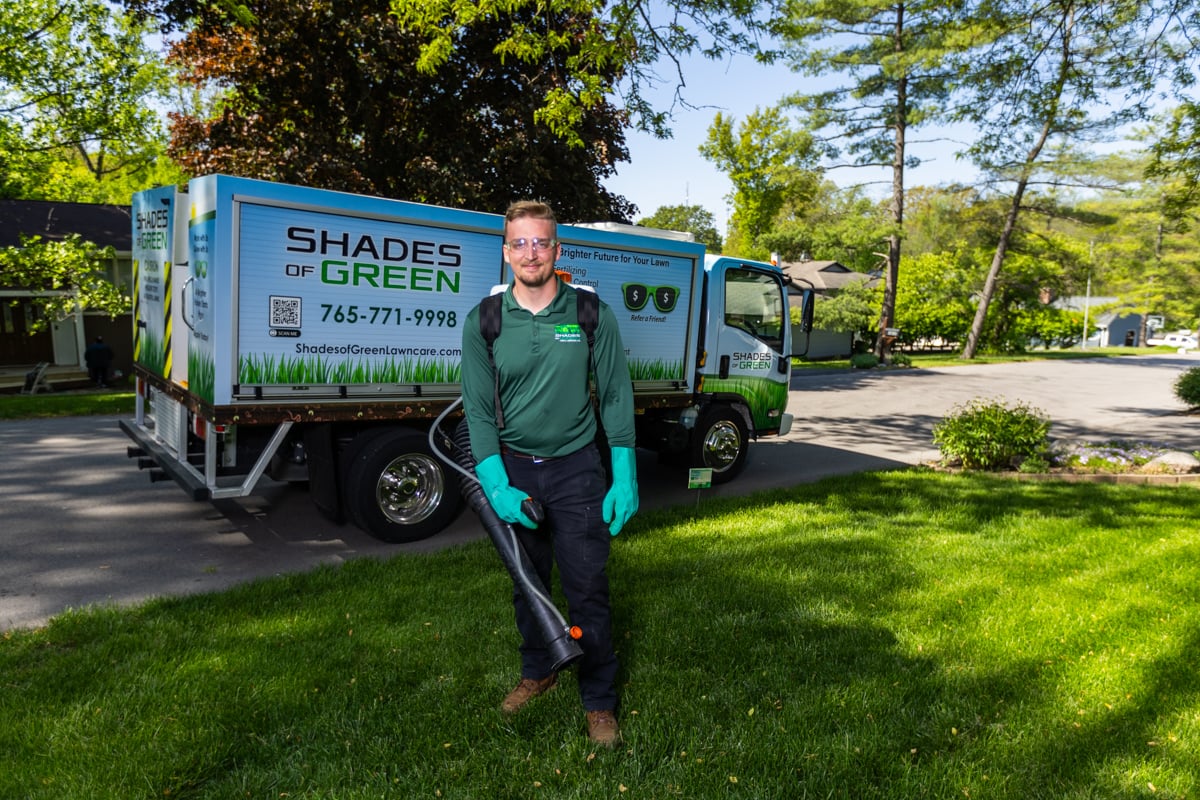
How to Get Rid of Mosquitoes in Your Indiana Backyard

~4 mins
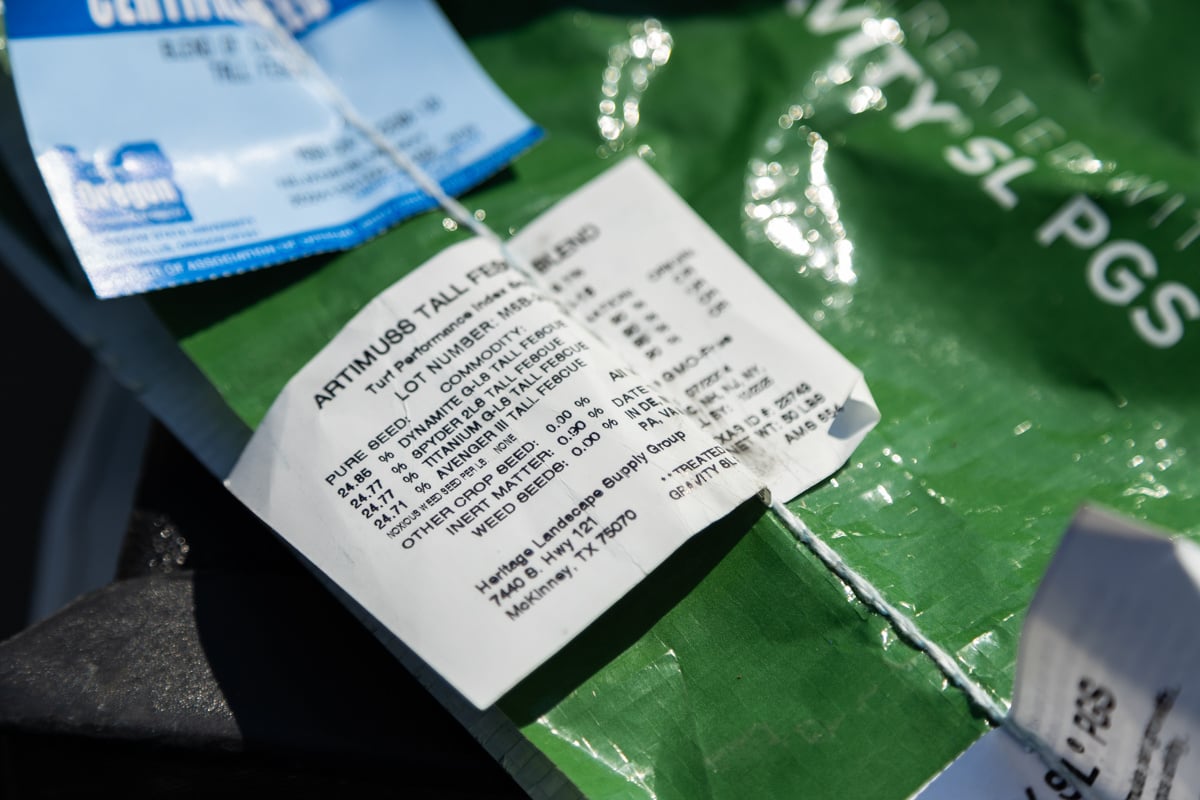
Turf-Type Tall Fescue vs. Tall Fescue: What’s the Difference?

~3 mins
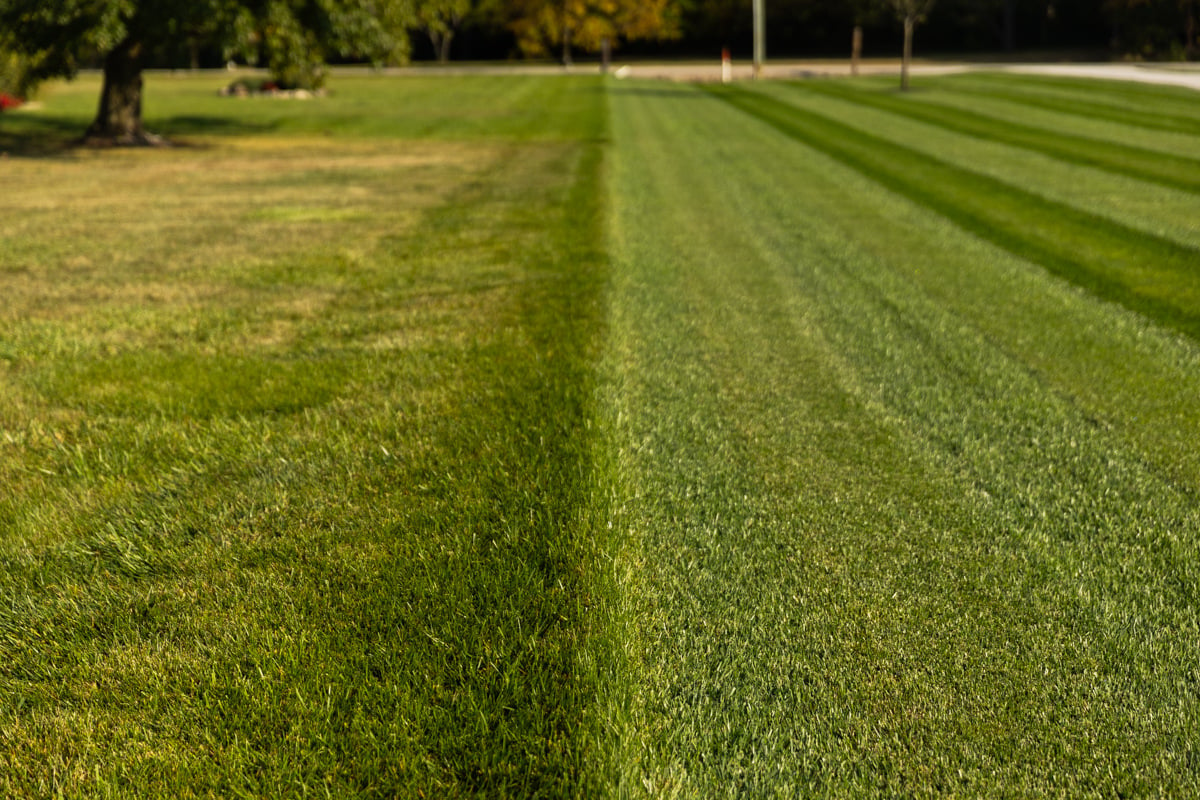
How to Keep Your Grass Green in the Indiana Summer Heat

~4 mins
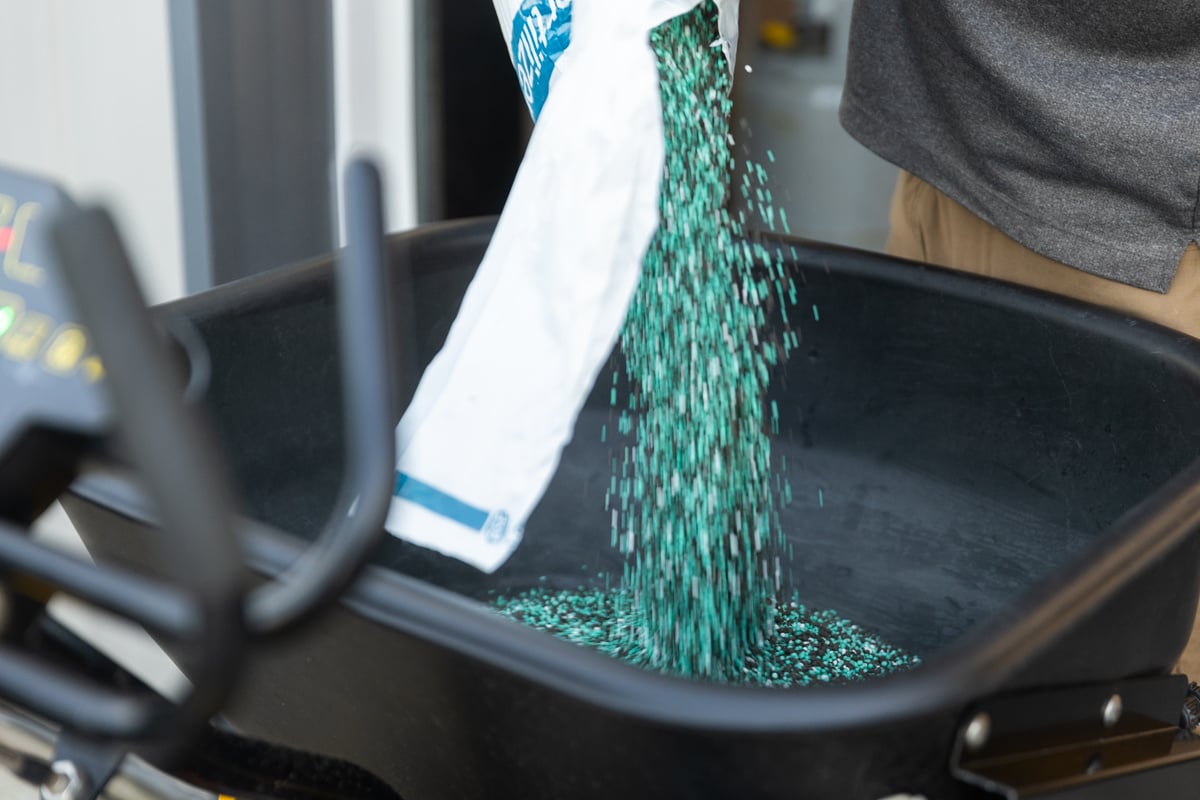
Lawn Fertilizer Numbers: Understanding N-P-K Ratios & What Your Grass Needs

~4 mins

Why Your DIY Mosquito Prevention Isn’t Working (And What to Do Instead)

~3 mins
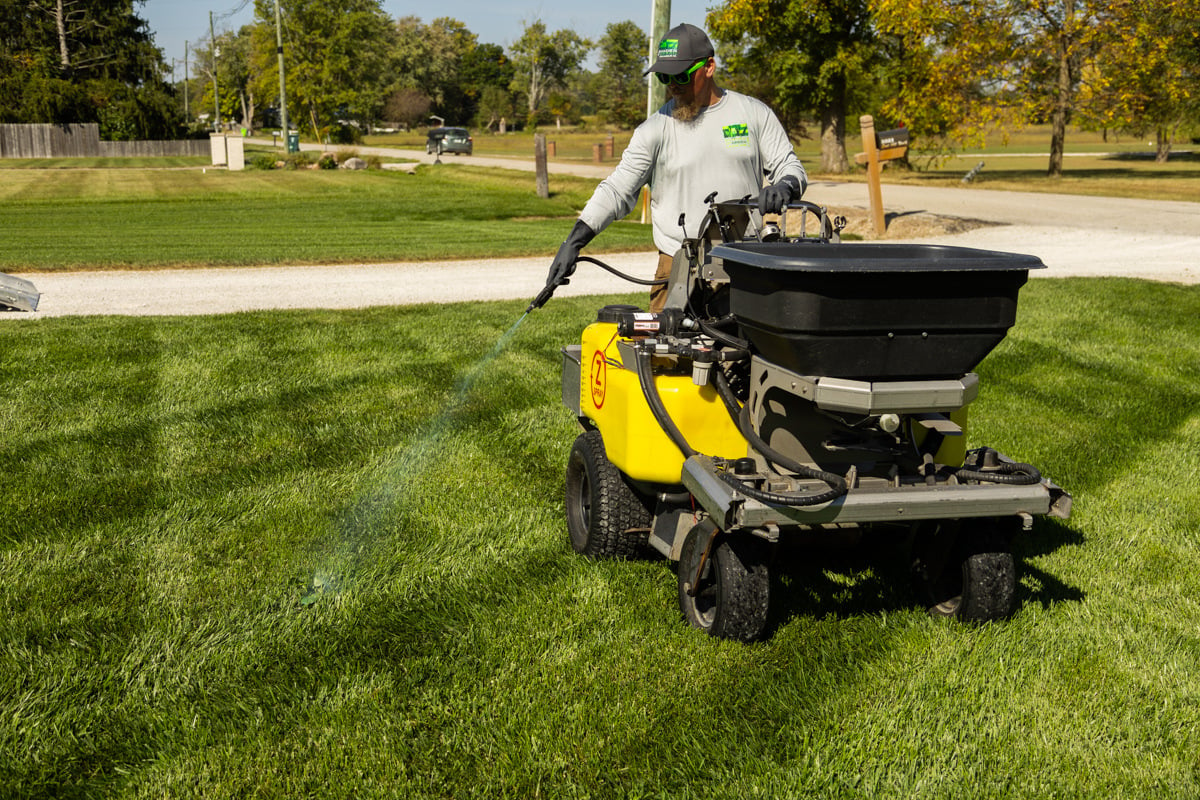
How to Get Rid of Crabgrass in Your Lawn: Prevention & Treatment in Indiana

~3 mins

The Essential Indiana Lawn Care Schedule

~14 mins
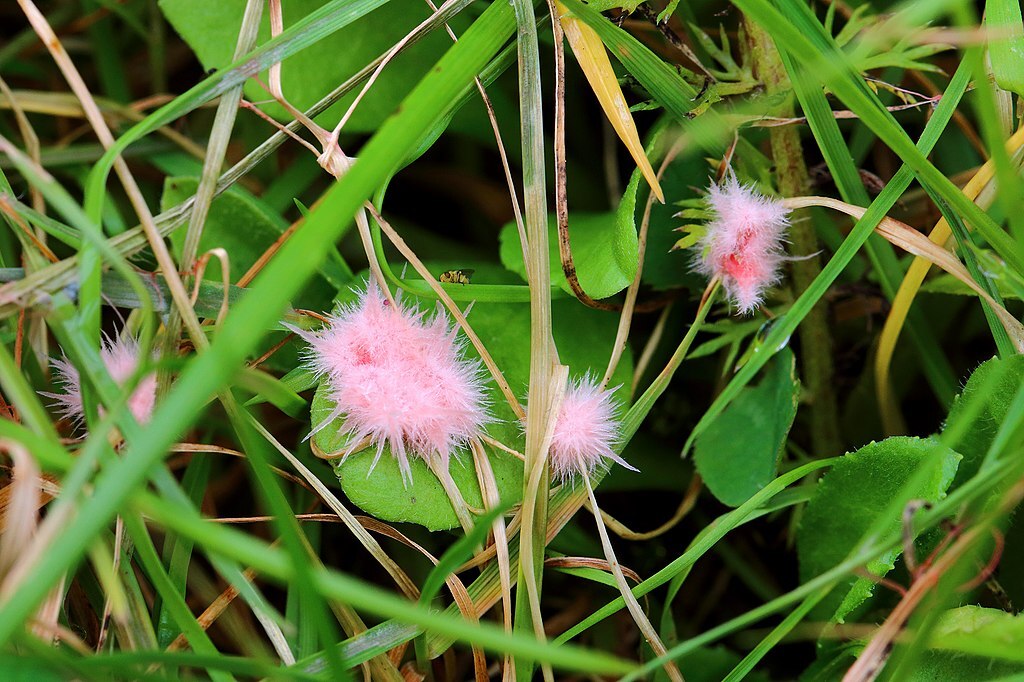
How to Identify and Treat Red Thread Lawn Disease in Your Indiana Lawn

~3 mins